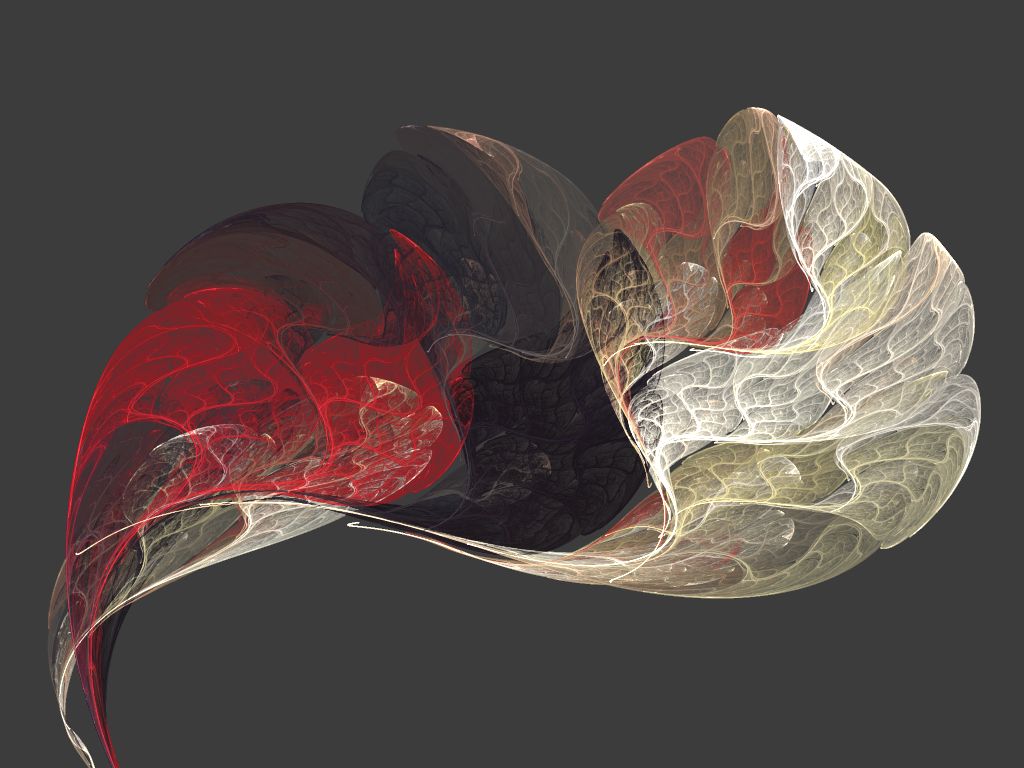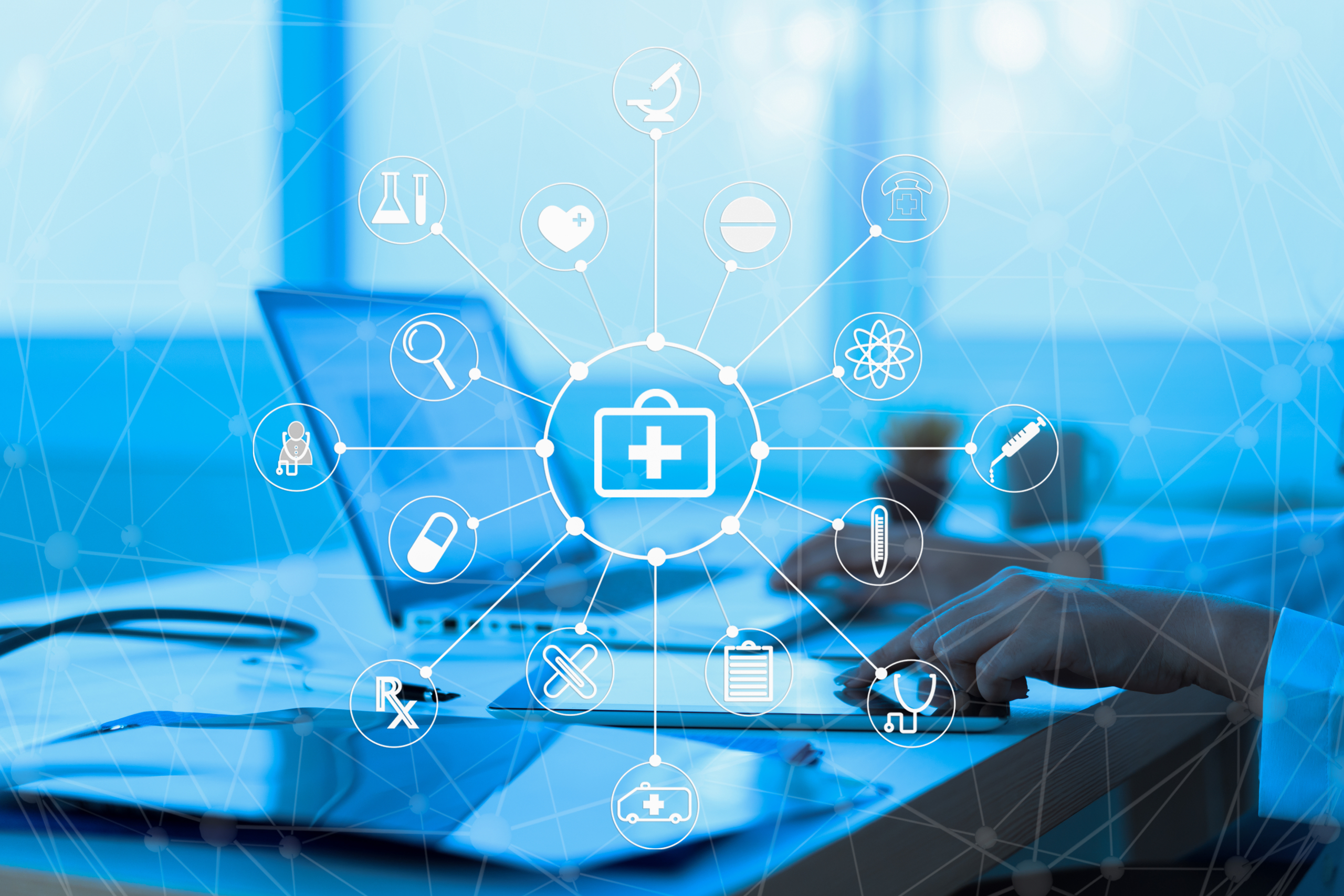Thomas Edison had a famous saying. No, not the one about inspiration and perspiration. I am talking about the one that goes “there is a way to do it better – find it.” No one can really argue with the results that the Wizard of Menlo Park achieved from living his life by that motto. While Edison died some 25 years prior to the discovery of the double helix, his words echo as a clear directive to the way we should approach biomedical research.
NIH unambiguously believes that animal models are critically important to biomedical research. At the same time, we also continue to support the development of methods that capitalize on new technological approaches that can complement and supplement what we learn from animal studies. These novel alternative methods (NAMs) can complement traditional animal models and in some cases, may help refine or replace the need for animal models in certain types of research studies.
NIH has an increasingly expanding investment in the development and use of NAMs in multiple ways. Examples include 3D tissue culture models and the use of computational methods, such as machine learning. NAMs are used to explore a wide range of areas, including cancer, diabetes, cardiovascular disease, Alzheimer’s disease, mental illness, infectious disease, rare diseases, and other basic and clinical research. The use of NAMs has many important potential benefits including, speeding up drug development, predicting drug safety and efficacy in humans, and improving understanding of biological mechanisms in isolation. Importantly, the NAMs can help us see complex problems through a different lens, potentially catalyzing amazing scientific discovery.
Supporting NAMs is not new for NIH. For over two decades, the National Toxicology Program, led by the NIEHS Director, has provided resources for alternatives to animal use in toxicology testing. The use of NAMs by the biomedical research community has expanded beyond toxicology into the research funded and conducted by nearly every Institute and Center at the NIH. In recognition of this, we recently convened a cross-NIH working group to further explore the use of NAMs across NIH. More recently, the NIH Intramural Research Program (IRP) has been exploring its own capabilities to support NAMs to complement animal research. There are also a number of collaborative NAMs efforts underway between NIH ICs and the FDA involving topics such as toxicological research and tissue chips.
If you watched today’s meeting of the Advisory Committee to the NIH Director (ACD), you will already be in the know about an exciting new development—the creation of a new ACD working group. This new working group is being set up to explore NAMs options and to make recommendations on where NAMs are positioned to be most applicable or beneficial, especially in terms of advancing our understanding of human health. The establishment of this working group acts on the recommendation included in the ACD Working Group on Enhancing Rigor, Transparency, and Translatability in Animal Research’s June 2021 report.
As one of the co-chairs of this newly established working group, I am very excited to get started with our work as NAMs hold tremendous promise to help complement the research landscape. The working group will also be seeking stakeholder input on this issue and robust community engagement will be key to the working group’s success.
I started this blog ignoring Thomas Edison’s most famous quote. However, after thinking a bit about it, I think there will be lots of inspiration and perspiration in my future.








